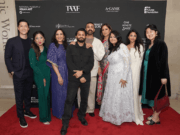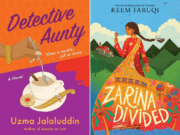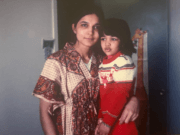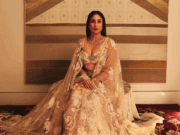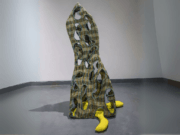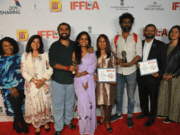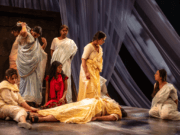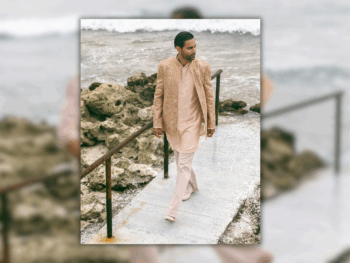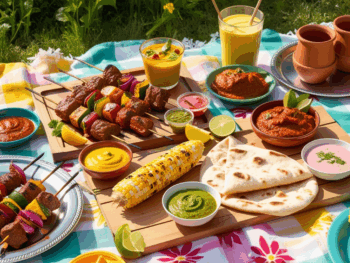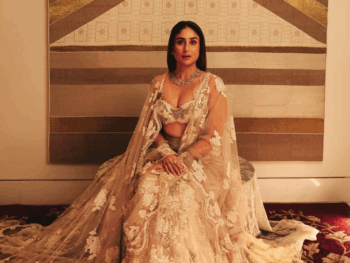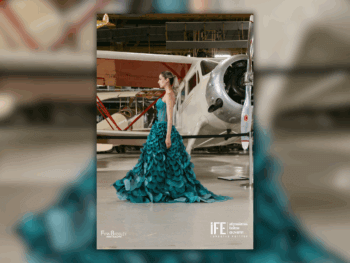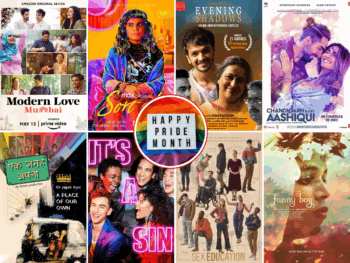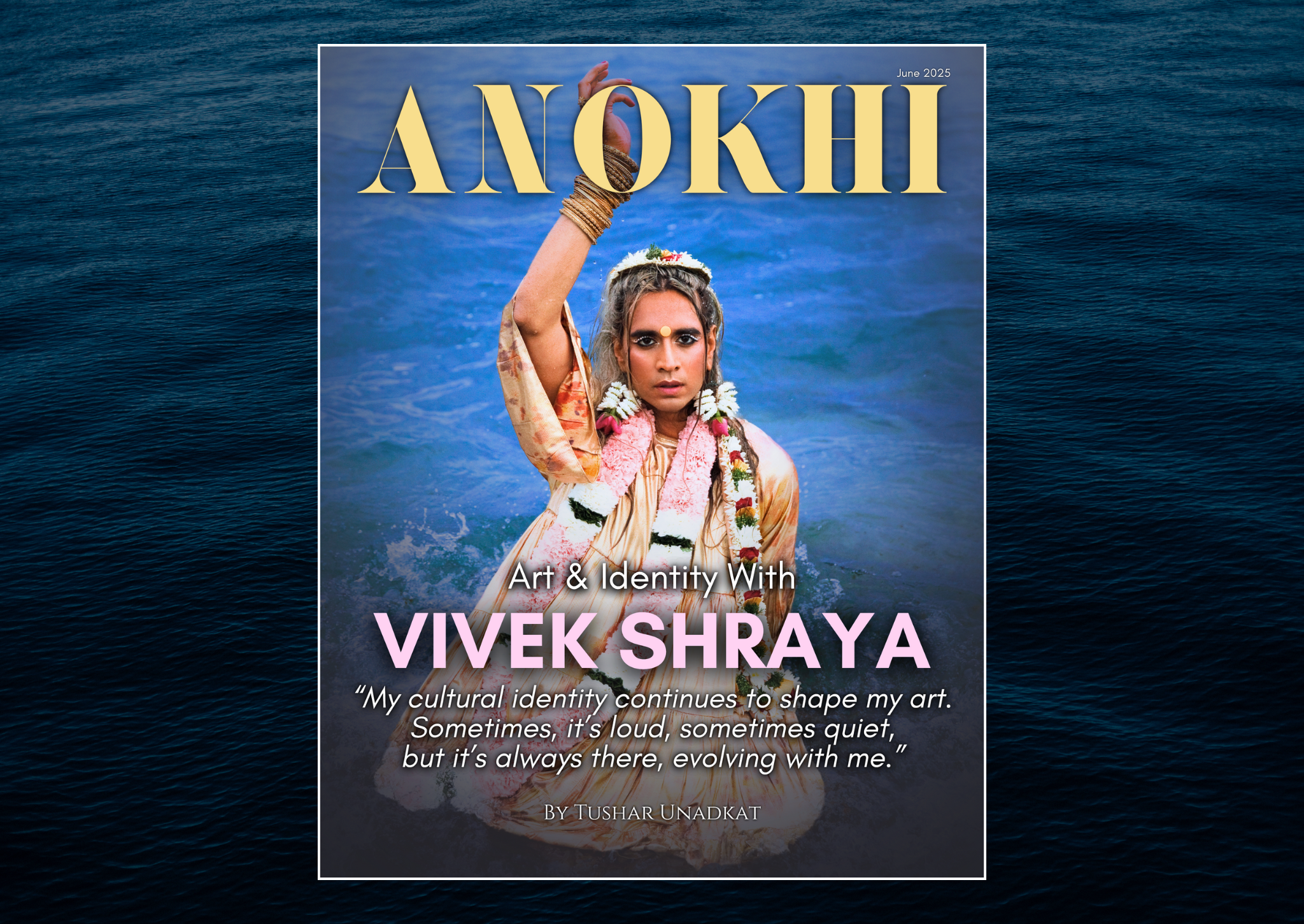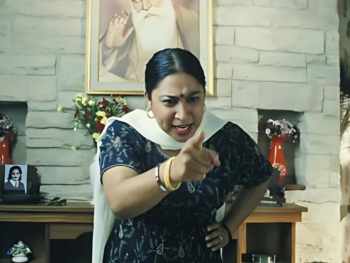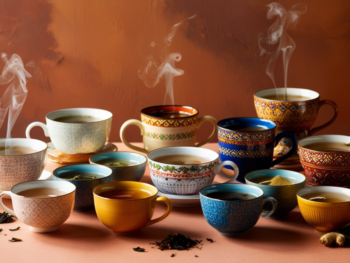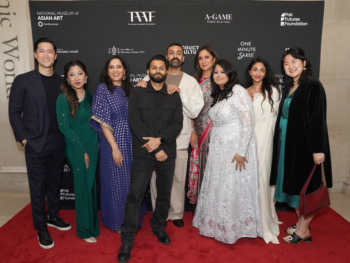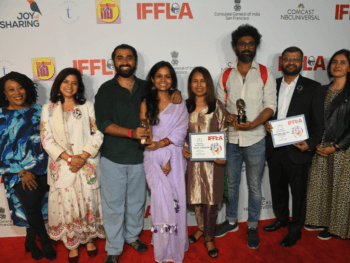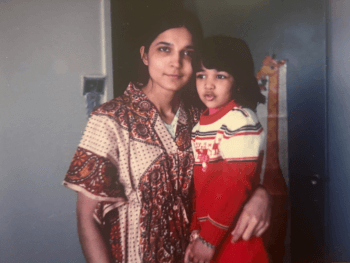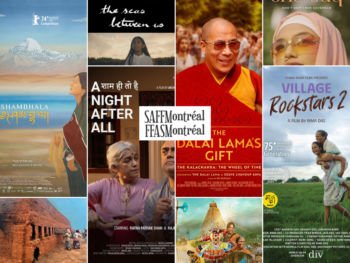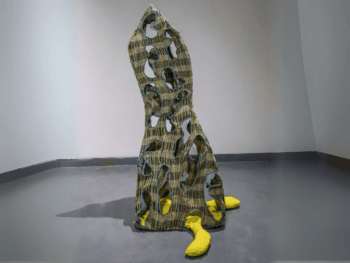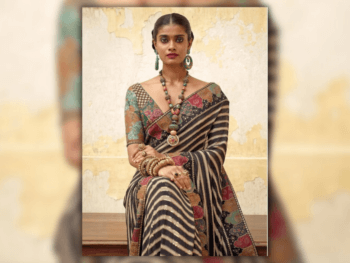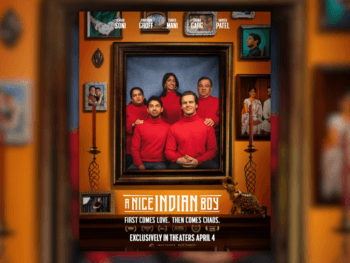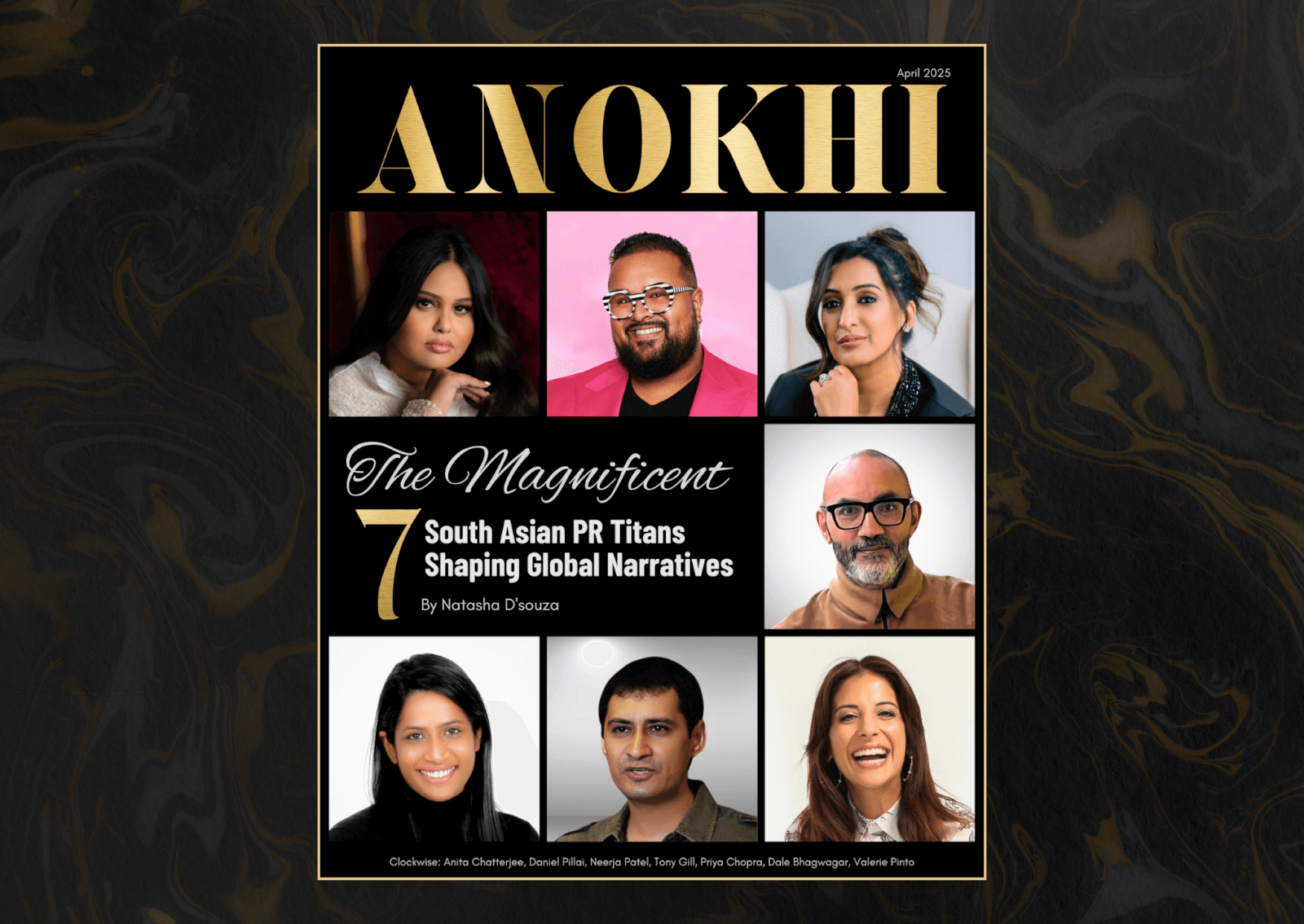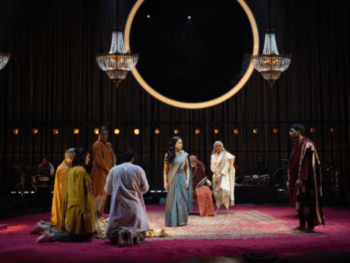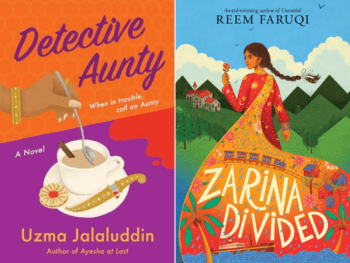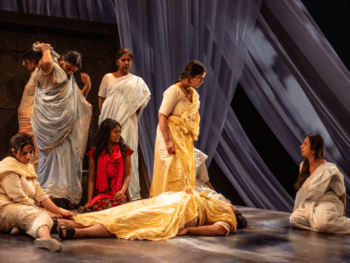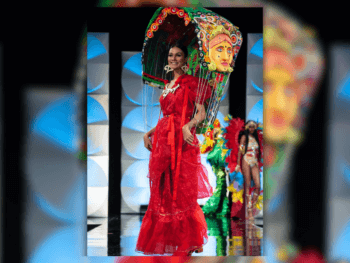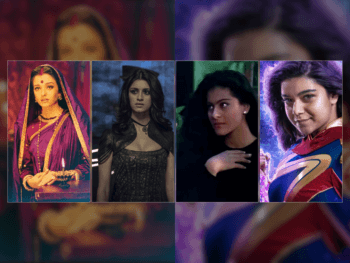
Designing everything from sleeping bags to corporate uniforms, the Paris Fashion Week veteran renowned for his ready-to-wear collections launches his debut sari line.
What surprised me most during my conversation with Rajesh Pratap Singh was his unpretentiousness. “I don’t think I have done anything earth-shattering, I’ve just tried to survive,” he says when asked about his accomplishments. I wondered how it was possible for someone so unassuming to reach such status in the fashion industry. The 44-year-old designer is above all marketing gimmicks that are a part of his profession, yet he is revered by the fashion fraternity for his talent, focus, versatility and reserve.
An accomplished couturier, Singh has contributed to the fashion industry for more than 15 years since launching his label Rajesh Pratap Singh in 1997. For almost a decade, he was assisted by his wife, fashion designer Payal Pratap, who now designs for her own label. Singh’s designs combine tradition with mod and his carefully crafted artisanal clothing speaks of precision. Singh’s collections depict clean lines and every single seam is there for a reason. “We experiment every day and make tons of mistakes. What people get to see is a product that has worked out after that,” Singh says of how he manages the faultless detailing. But the designer doesn’t like being characterized with trademark styles. “We don’t want to get caught into signature styles and inspiration. We just want to do new things,” he says. “However, we do have values we stick to.”
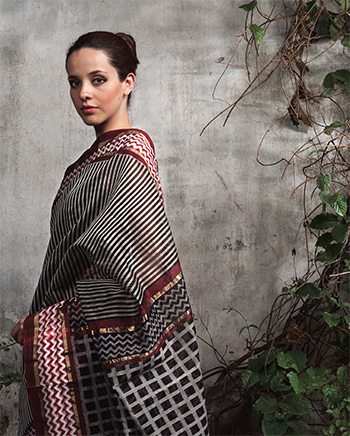 Singh learnt about textiles and designing when he was graduating from university in New Delhi. Working part time with designers David Abraham, Rakesh Thakore and Martand Singh was a great learning experience and exposed him to the profession he decided to take up. A few years later, armed with a degree from the National Institute of Fashion Technology in Delhi and some work experience in Italy, Singh was ready to launch his own label.
Singh learnt about textiles and designing when he was graduating from university in New Delhi. Working part time with designers David Abraham, Rakesh Thakore and Martand Singh was a great learning experience and exposed him to the profession he decided to take up. A few years later, armed with a degree from the National Institute of Fashion Technology in Delhi and some work experience in Italy, Singh was ready to launch his own label.
“My first set of clothes was designed for the Canadian market,” he says. However, his ready-to-wear creations soon won the hearts of Indians and he shifted focus to the domestic market where he gained a loyal clientele who appreciate his designs for their flawless tailoring and sophistication. The label’s completely hand-stitched shirts in which the seam joints are painstakingly sewn with a ladder stitch technique became all the rage and went on to become a big seller for the brand. Singh also shot to fame for his use of pintucks and for introducing gradations in them via a 3D technique.
Born and brought up in Rajasthan, Singh draws a lot of inspiration from his home state. “All that I do is subconsciously drawn from where I grew up,” he says, adding that white, which he uses a lot of, is characteristic of the desert state. Recently, Singh designed a collection of hand-spun saris, a limited edition line with ikats, double ikats, chikan embroidery and ajrak prints, made of extra weft cotton silks with weaving that results in embroideredlike patterns. “For me, the yarn and the fabric lead the way,” Singh says. His focus is on handwoven textiles, which are created from scratch by his label, and he is currently experimenting with a lot of new techniques. “We essentially create one line with one language throughout for our collection,” he says. “It then goes out to different markets.”
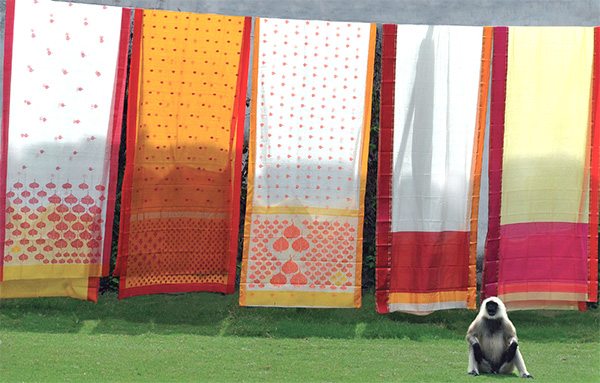
Singh also has his hand in many other areas of the design industry and designs uniforms for corporations, high altitude clothing and sleeping bags. The designer recently launched a line of T-shirts based on the works of the late cartoonist Mario Miranda, he designed the new packaging for Chivas 12-year-old and 18-year-old scotch whiskey, and he is creating a piece of art for the Museum of Sacred Art, slated to open in Brussels in 2015. “We keep doing various things to keep ourselves interested,” Singh says. “My first love, as well as bread and butter, is clothes. The rest just happens to me along the way.”
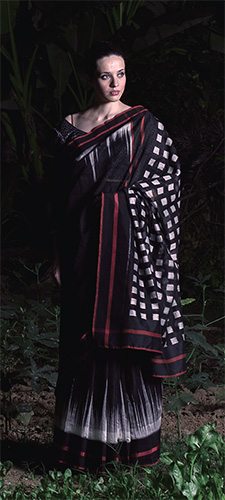
He is the first Indian to be invited by the Italian edition of Vogue magazine to do a show at the Milano Unica in 2011. He was appointed the first Woolmark ambassador of India. He later based his entire autumn/winter 2013 collection for the Wills Lifestyle India Fashion Week held in March 2013 on merino wool. The designs involved the tedious blending of high-tech wool with traditional tie-dye and ikat and produced phenomenal results. Internationally, Singh has been showcasing his collections in Paris. He has done catwalk shows at the prestigious Paris Fashion Week and is represented internationally in various niche stores. “I show my collections in Paris at various trade fairs that are held around the same time as the fashion week,” he says. Costume designing for the French opera Padmâvatî by Albert Roussel is also a feather in his cap.
Singh has been awarded for his work by various Indian publications, but he doesn’t like to measure success with awards. “I would rather be sitting in my studio creating something than attend an awards function,” he says. You may also find him fundraising for the Elle Breast Cancer Campaign, the Tamanna association for disabled children or the NAZ foundation which provides a home to abandoned HIV-infected children.
BY PRITI SALIAN





